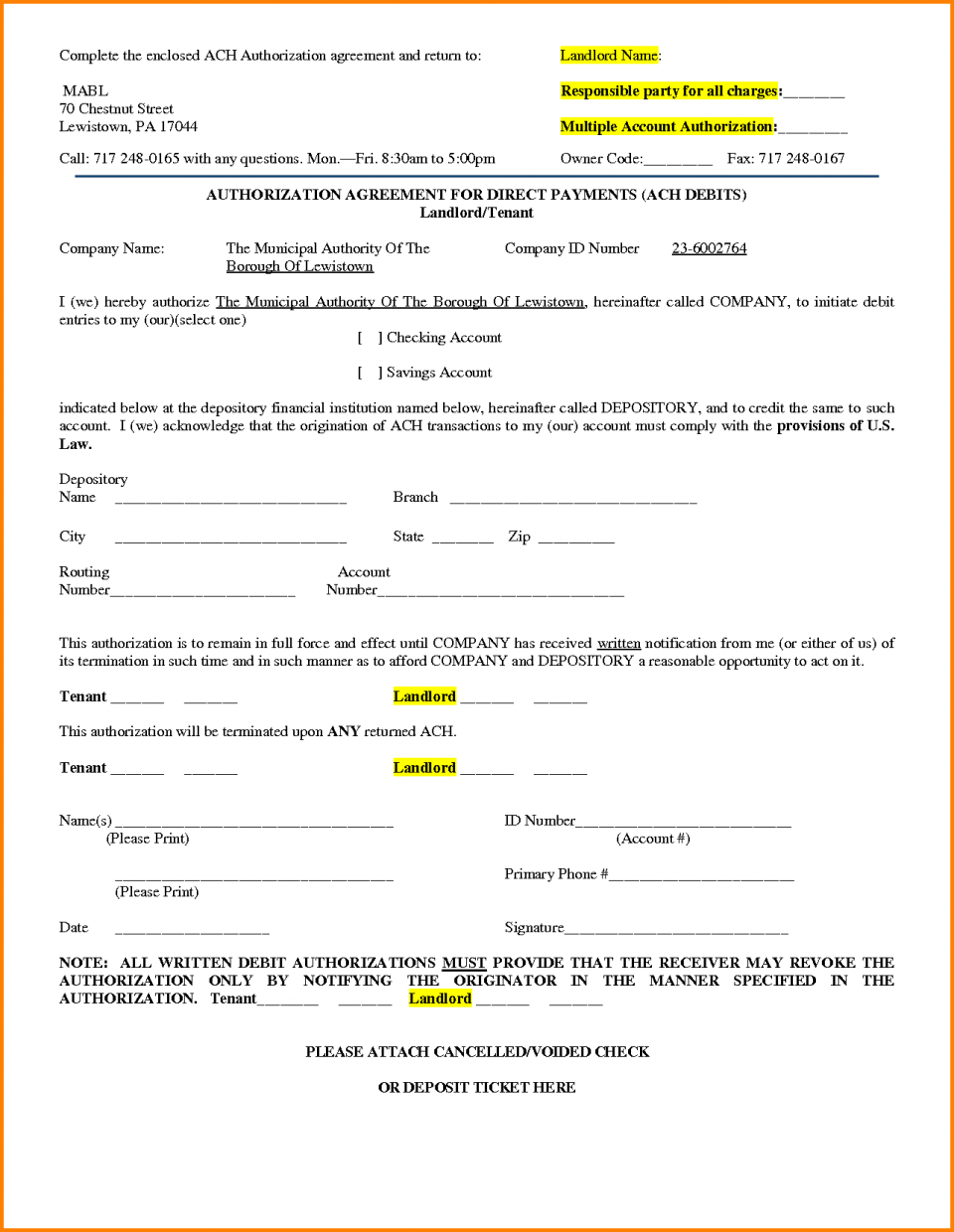

With the utility scams in the section above, users were told they only had 30 minutes to act before their power was shut off. Scammers use scare tactics and a sense of urgency to make you panic and less likely to think critically. If someone says you need to act immediately to resolve a financial problem, alarm bells should start clanging. Watch for "urgent" deadlines or requests from new recipients. If you've given some personal info out because of the phishing attempt, you can work with your bank to protect your account Instead, call your financial institution directly to inquire about your account and any potential security issues.Īssuming there are no problems with your account, you can also inform your bank that you've been phished. If you receive a message that says it's from your bank, but you didn't contact them first, don't respond. This advice holds true for all suspected scams, not just ones involving Zelle. He was targeted by a fraudster claiming to represent Florida Power & Light:ĭon't respond to unsolicited text messages or emails. A woman in Lorain, Ohio faced threats of service disconnection from someone posing as her electric company, who then asked her for Zelle payments to keep the power on.įormer Major League Baseball first baseman Keith Hernandez almost fell for the same utility scam. If you respond, the fraudsters follow up with a phone call, pretending to be your bank and guiding you through the process of transferring money.Īlong with masquerading as your bank, scammers might also pose as institutions such as utility companies.
WELLS FARGO ONLINE PAYMENT HOW TO
They walk the caller through bogus instructions on how to reverse the unauthorized claims that instead actually transfer money to the criminals.Īnother popular scam starts with a message claiming that your bank account has been compromised and that you need to take action immediately to resolve the problem. When the user replies that they didn't authorize the transfer, the scammer follows up with a phone call pretending to represent the bank and spoofing the financial institution's phone number. Scammers use false claims and representations to get people to unknowingly authorize money transfers.Ī common scam involves an email or text message asking a user to confirm a large, fake Zelle payment. Most of the reported Zelle scams consist of pure social engineering: manipulating people with fraudulent information and scare tactics. Transactions are instant and irreversible once complete, making Zelle very attractive to criminals. Zelle allows users to send money electronically to anyone: All you need is a recipient's email address or US phone number to transfer funds. Last year, people sent $490 billion through Zelle, more than twice Venmo's $230 billion, The New York Times reported. Customers whose banks don't support Zelle can connect a debit card with the Zelle app. Elizabeth Warren and Robert Menendez, both members of the Senate's banking committee, questioned Zelle's parent company, Early Warning Services, about "the extent to which Zelle allows fraud to flourish and the steps your company is taking to increase consumer protection and help users recover lost funds."Ĭreated to compete with other electronic payment services like PayPal, Venmo and Cash App, Zelle lets banks handle casual electronic transfers without paying any fees to third parties. Stories of Zelle users losing thousands of dollars in money-transfer scams continue to make the news each week. While the service is free, easy and supported by major US banks, its instant and irreversible transactions have made it a popular tool for scam artists.
WELLS FARGO ONLINE PAYMENT FREE
Payment service Zelle has become one of the most popular ways to send money online - more than 100 million people use the free payment app to transfer funds directly between bank accounts.

Why it mattersĬreated by major banks, Zelle provides easy electronic payments but poses serious security risks.Ĭontinuing fraud may hinder banks' efforts to expand Zelle into retail payments. Criminals are using the banking payment service Zelle to scam unsuspecting consumers.


 0 kommentar(er)
0 kommentar(er)
